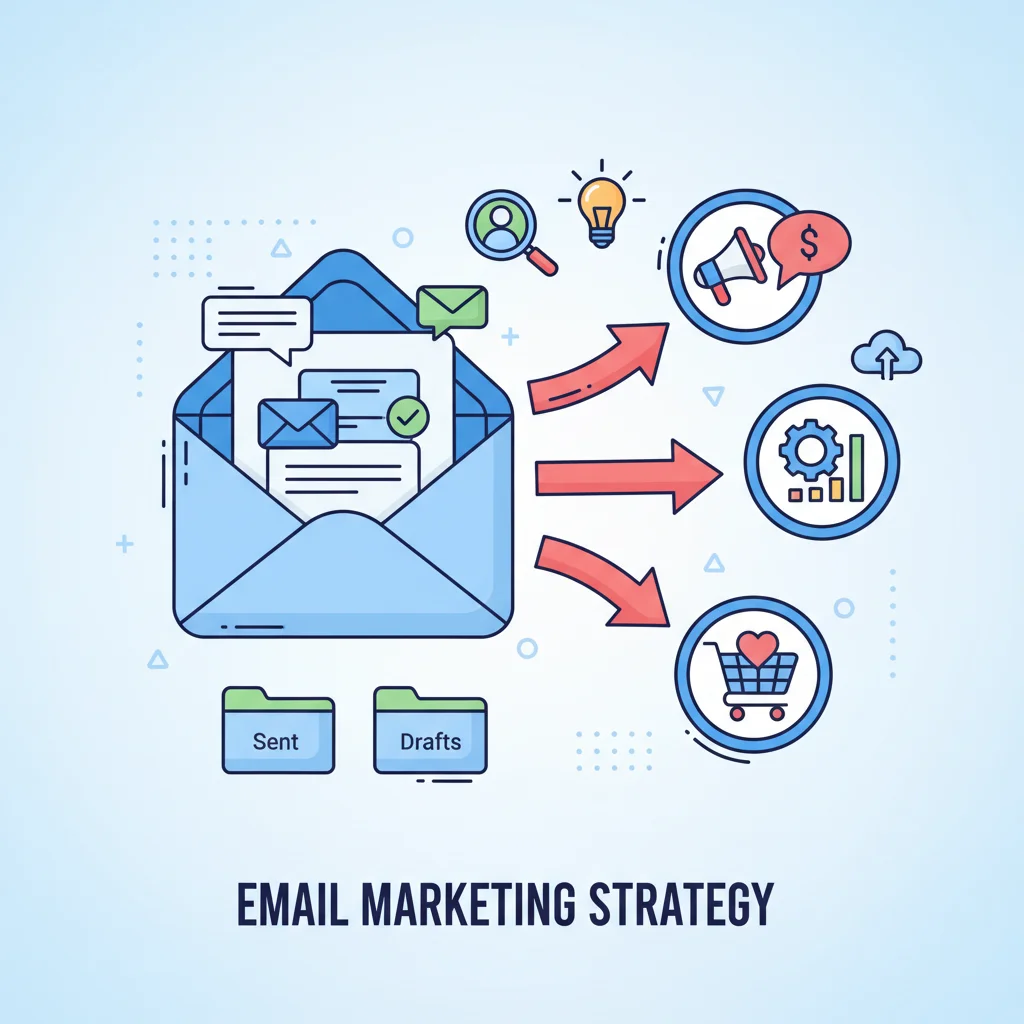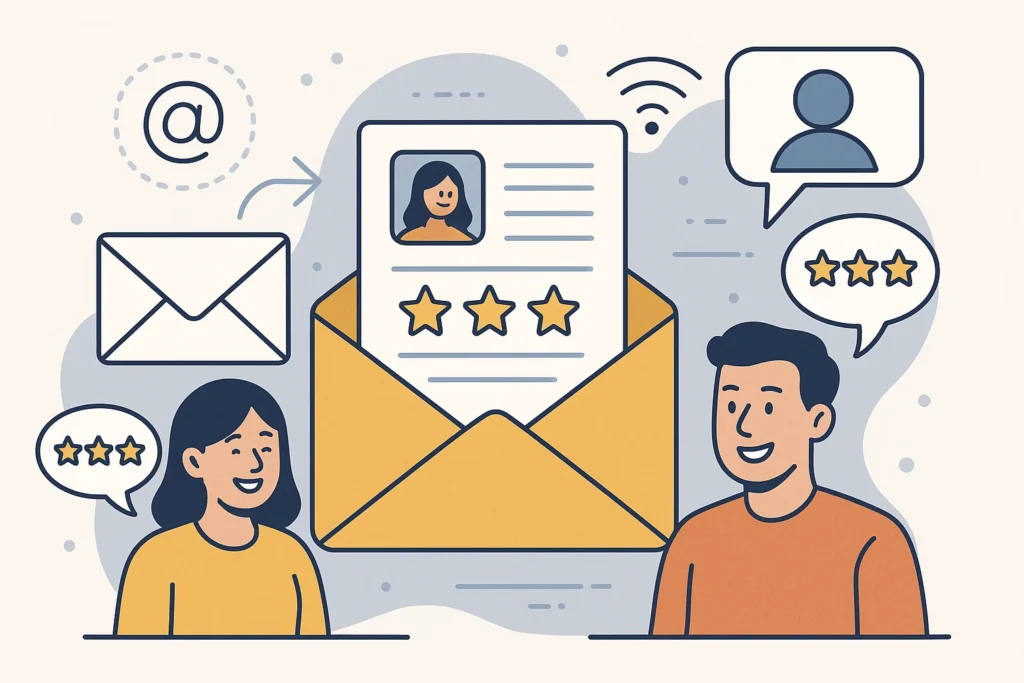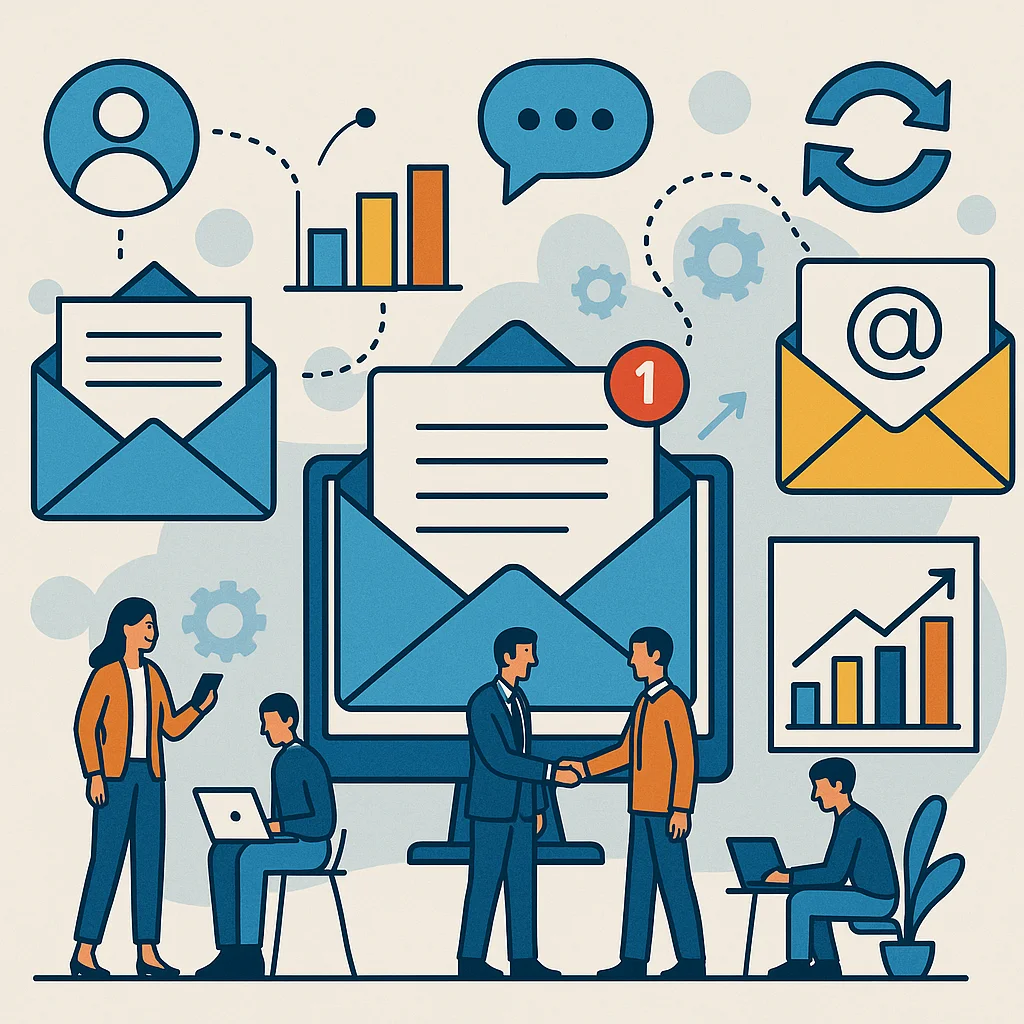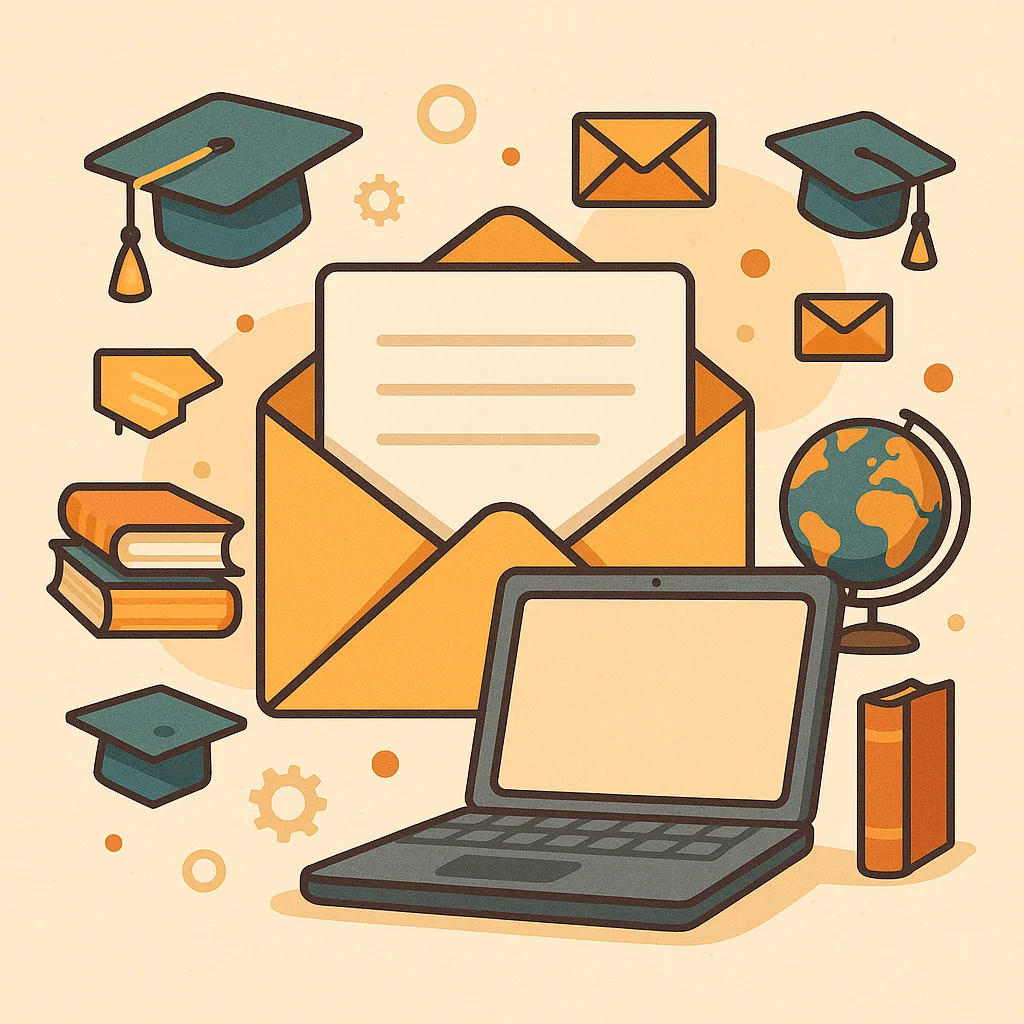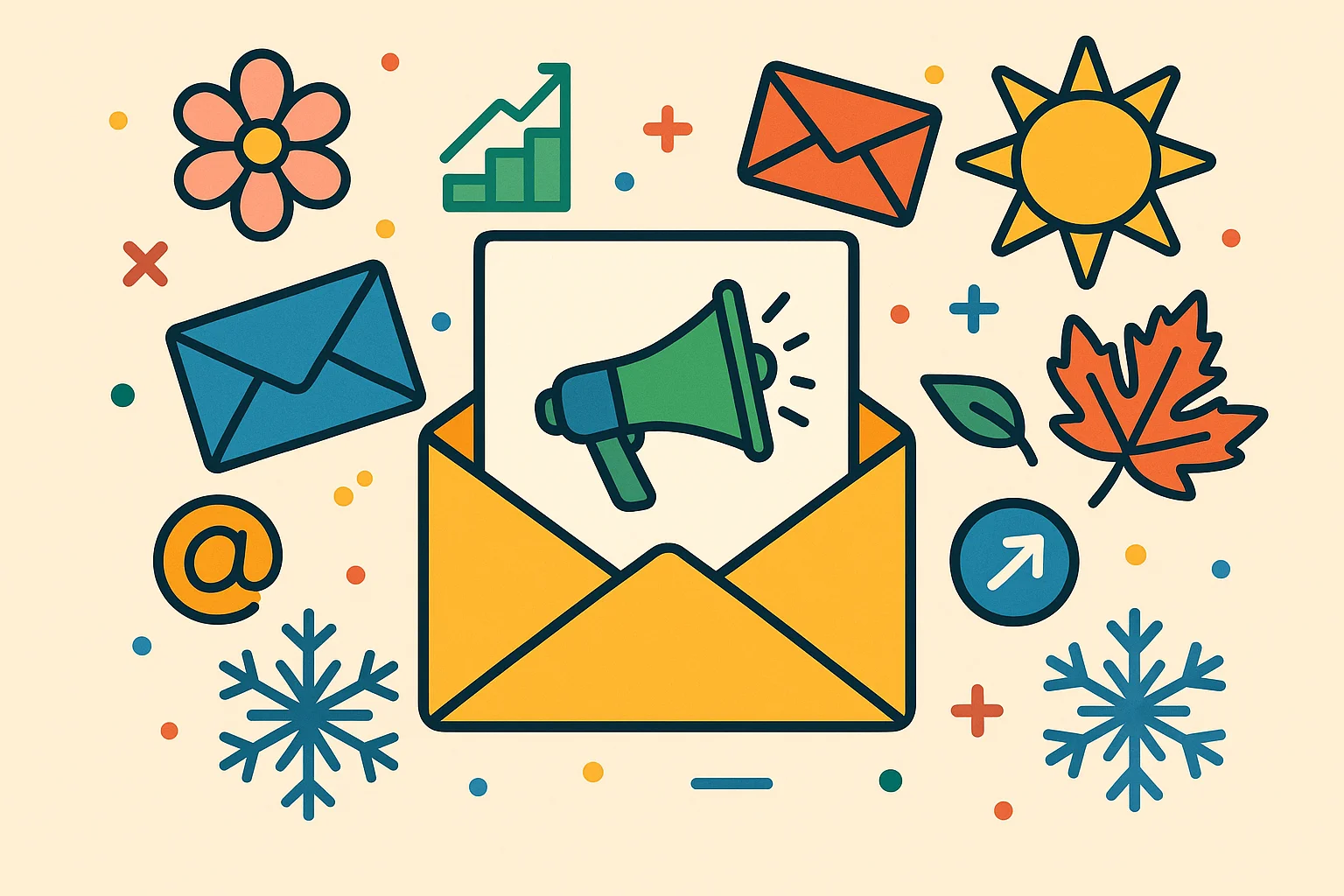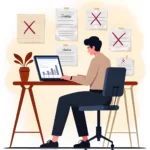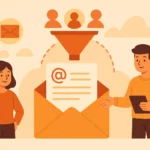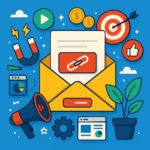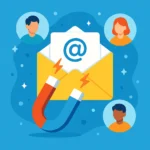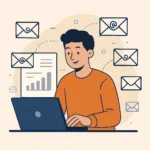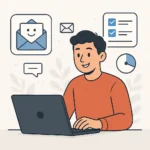Now Reading: 9 Smart Ways to Use Email Marketing to Increase Engagement
-
01
9 Smart Ways to Use Email Marketing to Increase Engagement
9 Smart Ways to Use Email Marketing to Increase Engagement

Your inbox is probably overflowing with boring, generic emails that make you hit delete faster than you can say “unsubscribe.” I bet your customers feel the same way about most marketing emails they receive. Here’s the brutal truth: if you’re not getting people excited to open your emails, you’re basically shouting into the void. But here’s where it gets interesting – when you use email marketing to increase customer engagement the right way, those same subscribers who ignore everyone else will actually look forward to hearing from you.
Key Takeaways
How to use email marketing to increase customer engagement:
- Personalize everything – from subject lines to email content based on customer behavior and preferences
- Craft compelling subject lines using urgency, curiosity, and personalization to boost open rates
- Segment your audience into specific groups for more targeted and relevant messaging
- Use behavioral triggers to send timely emails based on customer actions like cart abandonment or browsing history
- Create valuable content that solves problems rather than just promoting products
- Optimize for mobile since most people check email on their phones
- Include clear calls-to-action that guide readers toward the next step
- Send welcome emails immediately after signup to set expectations and build relationships
- Re-engage inactive subscribers with special offers and “we miss you” campaigns
- Test different approaches through A/B testing to find what resonates with your audience
Personalization Is Your Secret Weapon
When you use email marketing to increase customer engagement, personalization isn’t just nice to have – it’s absolutely essential. I’m not talking about slapping someone’s first name in the subject line and calling it a day. Real personalization digs deeper.
Dynamic Content That Actually Matters
Smart email platforms let you create dynamic content blocks that change based on who’s reading. If Sarah bought running shoes last month, show her athletic gear. If Mike browsed kitchen appliances, highlight your latest cookware deals.
Here’s a simple personalized email template:
Subject: [First Name], your [previous purchase category] favorites are back!
Hi [First Name],
Remember that [specific product] you loved? Great news – we just restocked similar items that other [product category] enthusiasts are raving about.
Based on your recent interest in [browsing category], I thought you'd want to see:
* [Product recommendation 1]
* [Product recommendation 2]
* [Product recommendation 3]
[Personalized CTA based on customer segment]
Happy shopping!
[Your name]Behavioral Triggers That Work
The most engaging emails arrive at exactly the right moment. Set up automated campaigns triggered by specific customer actions:
Cart abandonment emails work because they catch people when they’re already interested. Send the first one within an hour, then follow up after 24 hours with a small discount.
Browse abandonment emails target people who looked but didn’t buy. These often perform better than cart abandonment because you’re reaching people earlier in their decision process.
Post-purchase follow-ups keep the conversation going. Send care instructions, styling tips, or complementary product suggestions.
Useful Articles:
Subject Lines That Actually Get Opened
Your subject line is like a movie trailer – it needs to create enough intrigue to make people want the full experience. When you use email marketing to increase customer engagement, your subject line strategy can make or break everything.
The Psychology Behind Clicks
Curiosity-driven subject lines work because humans hate information gaps. “The mistake 90% of coffee lovers make” gets opened because people need to know what they might be doing wrong.
Urgency and scarcity tap into FOMO. “24 hours left” or “Only 3 spots remaining” create pressure to act now rather than later.
Personal benefit focuses on what’s in it for them. “Save 2 hours on your morning routine” tells readers exactly what they’ll gain.
Subject Line Templates That Convert
Here are some proven formulas:
Curiosity: "The [number] [thing] that [surprising result]"
Example: "The 5-minute habit that doubled my productivity"
Urgency: "[Time frame] to [benefit/avoid problem]"
Example: "48 hours to claim your free upgrade"
Personal: "Your [specific thing] is [status/action]"
Example: "Your order is being prepared (plus a surprise)"
Question: "Are you making this [common mistake]?"
Example: "Are you making this email marketing mistake?"Segmentation Strategies That Actually Work
Sending the same email to everyone is like using a megaphone at a dinner party – loud, annoying, and ineffective. Smart segmentation helps you use email marketing to increase customer engagement by speaking directly to specific groups.
Beyond Basic Demographics
While age and location matter, behavioral segmentation often works better:
Purchase history segments let you target big spenders differently than bargain hunters. Your VIP customers might appreciate early access to new products, while price-conscious shoppers respond better to discount codes.
Engagement level segments help you treat active subscribers differently than those going dormant. Send your most engaged people exclusive content, while inactive subscribers might need a “we miss you” campaign.
Customer lifecycle segments recognize that new customers need different messages than long-term fans. New subscribers want to learn about your brand, while loyal customers are ready for advanced tips and insider content.
Segmentation Email Template
Subject: [Segment-specific benefit], [First Name]
Hi [First Name],
As one of our [segment description - new customers/VIP members/local customers], you get first access to [relevant offer/content].
[Segment-specific content block]
[Targeted call-to-action]
Thanks for being part of our [community/family/inner circle]!Useful Articles:
Content That Connects Instead of Sells
The best email marketing doesn’t feel like marketing at all. When you use email marketing to increase customer engagement, focus on providing value first, selling second.
Educational Content That Builds Trust
How-to guides position you as a helpful expert rather than a pushy salesperson. A fitness brand might send workout routines, while a software company shares productivity tips.
Behind-the-scenes content humanizes your brand. Show your team, share your process, or explain how products are made. People buy from people, not faceless corporations.
User-generated content leverages social proof. Share customer photos, reviews, or success stories. This builds community while showing potential customers what’s possible.
Value-First Email Template
Subject: Quick tip: [specific benefit] in [time frame]
Hey [First Name],
I just discovered something that might save you [time/money/frustration], and I had to share it immediately.
[Helpful tip or insight]
Here's how to implement this:
1. [Step one]
2. [Step two]
3. [Step three]
Try it out and let me know how it works for you!
P.S. If you found this helpful, you might also like [related resource/product] – but no pressure!Mobile Optimization Isn’t Optional
More than half of all emails get opened on mobile devices, so if your emails look terrible on phones, you’re alienating most of your audience. When you use email marketing to increase customer engagement, mobile-first design is crucial.
Design for Thumbs, Not Cursors
Single-column layouts work better on small screens than complex multi-column designs. Keep it simple and scannable.
Large, tappable buttons prevent frustrated finger-stabbing. Make your call-to-action buttons at least 44 pixels tall and give them plenty of breathing room.
Short subject lines display fully on mobile. Aim for 30 characters or less to avoid getting cut off.
Concise preview text gives readers a reason to open. This snippet appears next to your subject line and can make or break your open rate.
Useful Articles:
Timing and Frequency That Doesn’t Annoy
Finding the sweet spot between staying top-of-mind and becoming a nuisance is tricky. When you use email marketing to increase customer engagement, consistency matters more than perfection.
Finding Your Rhythm
Start with weekly emails and adjust based on engagement metrics. If people are unsubscribing or engagement drops, you might be emailing too often. If engagement stays high, you could potentially increase frequency.
Test different days and times for your audience. B2B emails often perform better on weekdays, while B2C might see better results on weekends.
Pay attention to your analytics rather than following generic “best practices.” Your audience might be different from industry averages.
Welcome Series That Sets Expectations
Email 1 (Immediate):
Subject: Welcome to [Brand Name], [First Name]!
Hi [First Name],
Thanks for joining our community! Here's what you can expect:
* Weekly tips and insights every [day]
* Exclusive offers just for subscribers
* First access to new products and content
Your first exclusive offer is waiting: [discount code]
Welcome aboard!
Email 2 (3 days later):
Subject: Your [Brand Name] starter guide is here
Hi [First Name],
Now that you've had a few days to settle in, here's your complete guide to getting the most out of [product/service/community].
[Helpful resource or guide]
Questions? Just reply to this email – I read every response personally.
Email 3 (1 week later):
Subject: How's your [Brand Name] experience going?
Hi [First Name],
It's been a week since you joined us. How are things going so far?
I'd love to hear about your experience – what's working well, and what questions do you have?
[Feedback request or survey link]
Thanks for being part of our community!Re-engagement Campaigns That Win People Back
Not everyone stays engaged forever, and that’s okay. When you use email marketing to increase customer engagement, having a strategy for inactive subscribers can revive relationships that seemed dead.
The “We Miss You” Approach
Acknowledge the silence without being passive-aggressive. People appreciate honesty over manipulation.
Offer genuine value rather than just discounts. Maybe they stopped engaging because your content wasn’t relevant anymore.
Make it easy to re-engage with a simple, clear call-to-action that doesn’t require much commitment.
Re-engagement Email Template
Subject: I miss hearing from you, [First Name]
Hi [First Name],
I noticed you haven't opened my emails lately, and I wanted to check in.
Maybe I've been sending stuff that doesn't interest you anymore. Maybe you're just busy. Either way, I get it.
If you want to keep hearing from me, just click here: [Simple re-engagement link]
If not, no hard feelings – you can unsubscribe at the bottom of this email.
But if you do stick around, I promise to do better. What would you like to hear about?
* [Option 1]
* [Option 2]
* [Option 3]
Just reply and let me know.
Thanks for your time,
[Your name]Interactive Elements That Boost Engagement
Static emails work, but interactive elements can take engagement to the next level. When you use email marketing to increase customer engagement, small interactive touches make big differences.
Simple Interactivity That Works
Polls and surveys get people clicking and provide valuable feedback. “Which topic should I cover next?” gives subscribers a voice in your content strategy.
GIFs and animations catch attention in crowded inboxes. A subtle animation can make your email stand out without being overwhelming.
Countdown timers create urgency for limited-time offers. Seeing time tick away motivates faster decision-making.
Hover effects on buttons and images add polish without requiring complex coding.
Testing and Optimization Without Obsessing
Perfect is the enemy of good, but that doesn’t mean you shouldn’t test and improve. When you use email marketing to increase customer engagement, small improvements compound over time.
A/B Testing That Actually Matters
Test one thing at a time so you know what caused any changes in performance. Testing subject line and send time simultaneously makes it impossible to know which variable mattered.
Test significant differences rather than tiny tweaks. “Free shipping” vs. “Fast delivery” is more meaningful than testing two slightly different shades of blue.
Let tests run long enough to get statistically significant results. A few hours of data rarely tells the whole story.
What to Test First
- Subject lines – biggest impact on open rates
- Call-to-action buttons – directly affects click-through rates
- Send times – can improve overall engagement
- Email length – some audiences prefer short and sweet, others want detailed content
- Personalization level – find the sweet spot between personal and creepy
Using email marketing to increase customer engagement isn’t about tricks or hacks – it’s about building genuine relationships through valuable, timely, and relevant communication. Start with one or two strategies, test what works for your audience, and gradually expand your approach. Your subscribers will notice the difference, and your engagement metrics will thank you.


